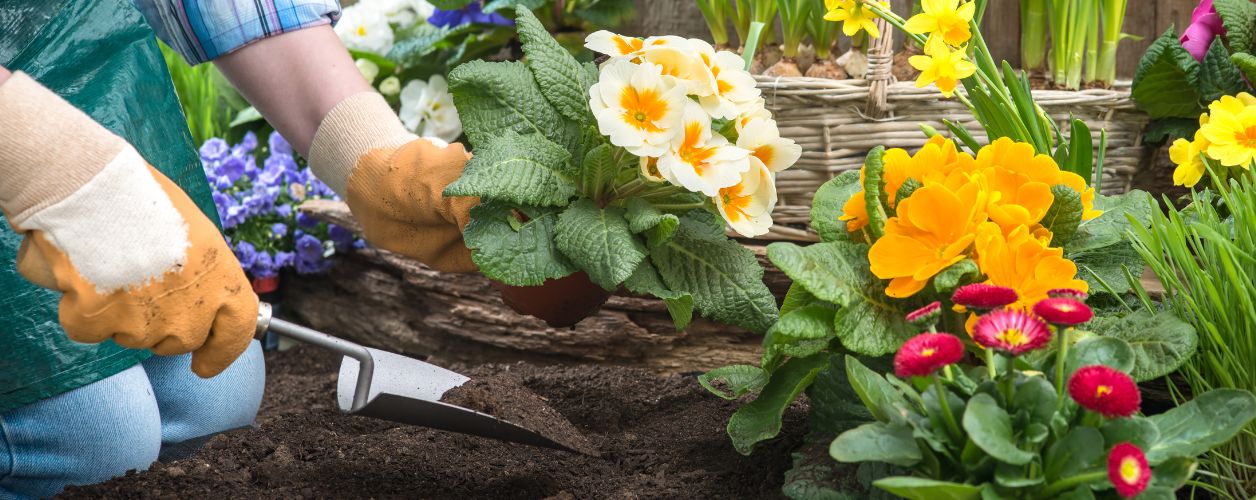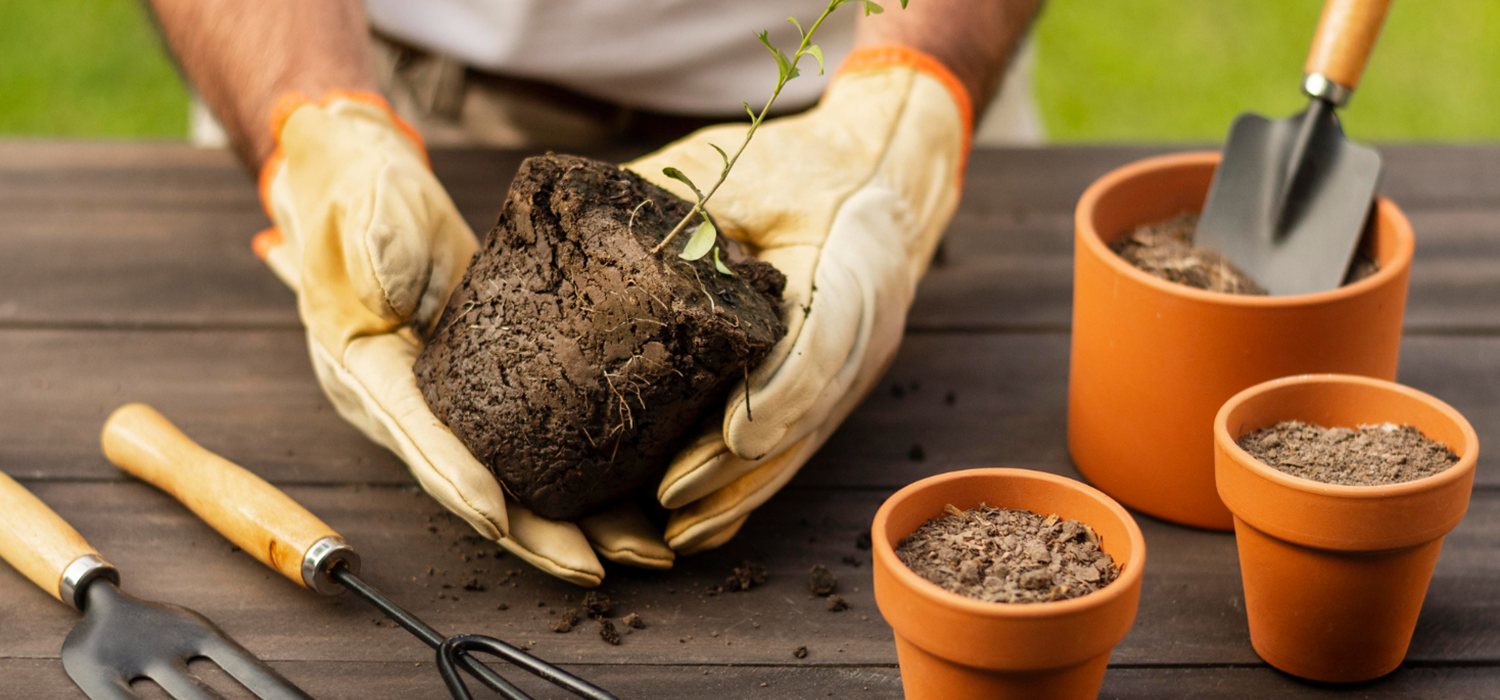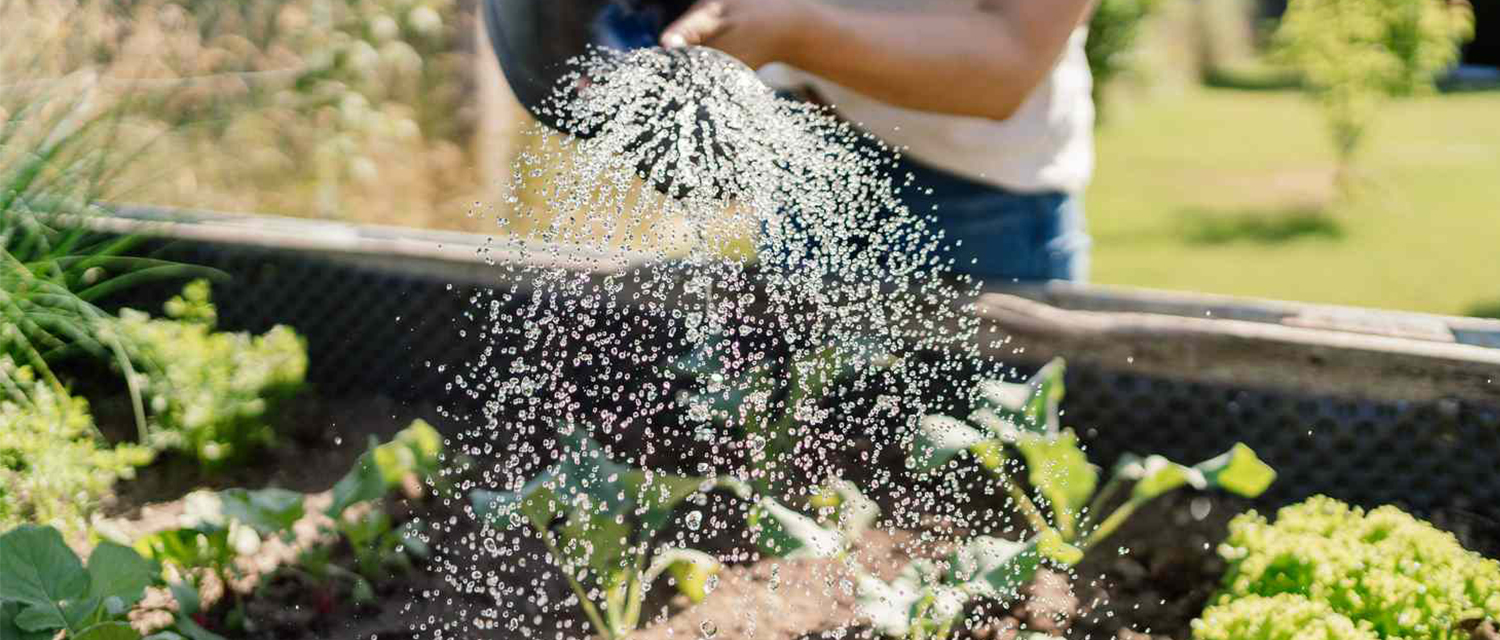Autumn in Australia delivers ideal conditions for garden transformation through the planting of colourful flowers because summer temperatures have begun to dissipate. When you plant during autumn, it creates a backyard garden which brings lasting autumn beauty until spring arrives. The appropriate choice of flowers allows you to keep beautiful blooms even while the seasons transform.
This guide examines various suitable autumn flowers with descriptions of their characteristics, plus ideal growth requirements and effective strategies to help them thrive in garden spaces.
1. Chrysanthemums (Chrysanthemum spp.)
Why Plant Chrysanthemums in Autumn?
The exclusive qualities of chrysanthemum flowers during autumn months make them stand out through their multiple hues that range from yellow to red and pink to orange and purple. This hardy perennial flowers during late autumn, so it delivers a perfect option for garden illumination. Their ability to tolerate diverse climates, combined with their resistance, makes them a favorite among Australian gardeners.
Growing Conditions:
- Sunlight: Full sun to partial shade. The best lighting condition for plant growth consists of at least six hours of daily sunlight.
- Soil: The suitable garden soil requires well-draining properties and being fertile with organic matter added. Soil with a pH between neutral and slightly acidic proves most suitable for plants.
- Water: The plants require moderate water amounts, which should maintain even soil moisture without creating waterlogged conditions.
2. Asters (Aster spp.)
Why Plant Asters in Autumn?
Asters create spectacular autumn displays by showing their daisy-shaped flowers, which enhance the beauty of other garden blooms at this season. These flowering plants become a magnet for both butterflies and bees, at the same time maintaining their status as wildlife-friendly garden components. Asters can survive cold autumn temperatures because of their hardy nature, which enables them to thrive throughout winter.
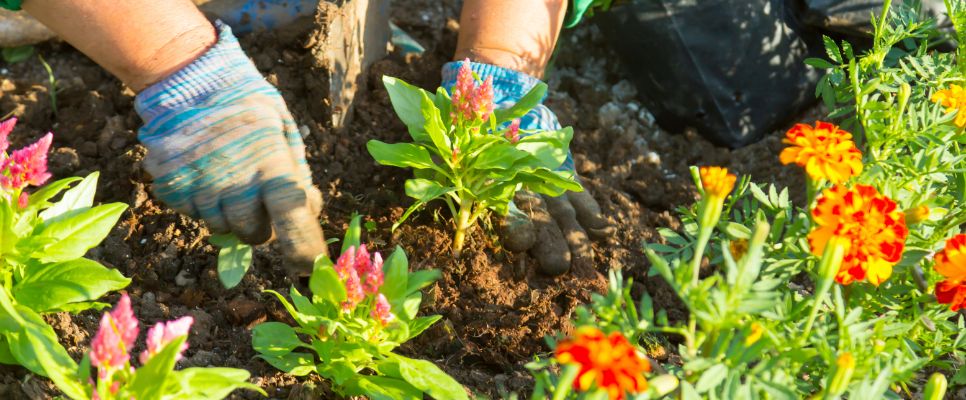
Growing Conditions:
- Full sunlight provides the perfect growing conditions for Asters, yet they manage well in areas with partial shade.
- The recommended growing soil includes sandy or loamy soil, which must be amended with compost to achieve proper drainage.
- The plants require regular watering, but must receive water only when necessary to counter fungal diseases. Keep their leaves dry.
- Early winter pruning allows the plants to develop strong growth during spring. The plants need dividing every few years because overcrowding reduces their health.
Additional Tips:
- The asters grow successfully as flower bed plants and potted plants, giving you choices for any garden arrangement.
- Plants need ideal space while planting to successfully avoid mildew formation because they require sufficient air flow.
- A balanced slow-release fertilizer should be applied in limited amounts to achieve a steady growth rate.
3. Pansies (Viola tricolor var. hortensis)
Why Plant Pansies in Autumn?
Pansies survive chilly weather because they belong to the group of cold-resistant flowers that produce beautiful coloured blooms throughout the autumn and winter seasons. The frost-resistance capability of these plants turns them into excellent Australian garden options. These blooms function exceptionally well for coloring garden edges and decorative planters, along with wall baskets.
Growing Conditions:
- Sunlight: Full sun to partial shade. The hot midday sun should be kept away from plants situated in hotter areas of the garden.
- Soil: The ideal conditions for growing these plants involve a well-draining environment using rich soil with plenty of organic content.
- Water: The plant needs consistent soil moisture but must never become waterlogged.
- Maintenance: Deadhead regularly for continuous blooms. The best outcome occurs when applying liquid fertilizer to your plants every fourteen days.
Additional Tips:
- Plants of the pansy species thrive best when located within shaded spots in warm regions.
- Pansies function perfectly as supportive plants for diverse types of winter flowering plants.
- Drainage must be implemented when growing pansies in pots to protect the roots from rotting.
4. Snapdragons (Antirrhinum majus)
Why Plant Snapdragons in Autumn?
Snapdragons come with distinctive dragon-shaped blossoms and display eye-catching colors throughout their flowers. The favorite season for planting snapdragons is autumn because they perform best during cold temperature conditions. The diverse plant heights of snapdragons allow gardeners to use them in beds, border planting and container arrangements.
Growing Conditions:
- Sunlight: The plants need direct sun exposure throughout the day because they need six hours of sunlight to thrive.
- Soil: Well-drained, slightly acidic to neutral soil with good fertility.
- Water: The plants need moderate watering, but excessive water should be avoided because their roots tend to develop rot.
- Maintenance: Pinch back young plants for bushier growth. Deadhead regularly to extend blooming.
Additional Tips:
- The garden variety of snapdragons can thrive either when planted in pots or when directly seeded into garden beds.
- The flowers of this plant have double merit since they bring both bees and hummingbirds to the garden.
- Strong winds should be avoided because their tall size makes them prone to top-heaviness.
5. Salvias (Salvia spp.)
Why Plant Salvias in Autumn?
Planted Salvias deliver two beneficial functions since they support pollinators and can survive dry periods after their initial settlement. The plants produce flowers through the winter months, which creates a remarkable autumn appeal.
Growing Conditions:
- Sunlight: Full sunlight produces the greatest number of flowers.
- Soil: The plants need well-drained soil, while they also manage to grow successfully in poor soil conditions.
- Water: Salvias need moderate watering only after the soil becomes dry to the touch.
- Maintenance: Proper deadheading of salvias creates conditions for additional bloom production. During the winter season, lightly trim the plant to keep its structure neat.
Additional Tips:
- Salvia plants work perfectly in cottage gardens and serve as wildlife habitats.
- These plants defend against almost all common pests and diseases that could harm them.
- The plant thrives in small sizes of containers when planted in balcony settings.
6. Hellebores (Helleborus spp.)
Why Plant Hellebores in Autumn?
Hellebores stand out among flowering plants because they create colorful displays during colder winter months, which normally lead to flower death.
Growing Conditions:
- Sunlight: Partial to full shade.
- Soil: Rich, well-drained soil with plenty of organic matter.
- Water: The soil needs consistent moisture but must remain free from standing water.
- Maintenance: Proper hellebore care requires the removal of old leaves to enhance both air circulation and protect against diseases.
Additional Tips:
- Hellebores exist as extended-lived perennial plants that need minimal care.
- Hellebores succeed outstandingly as ground cover plants in shaded locations.
- The plant contains harmful substances that become dangerous when consumed, so protect children and pets from accessing it.
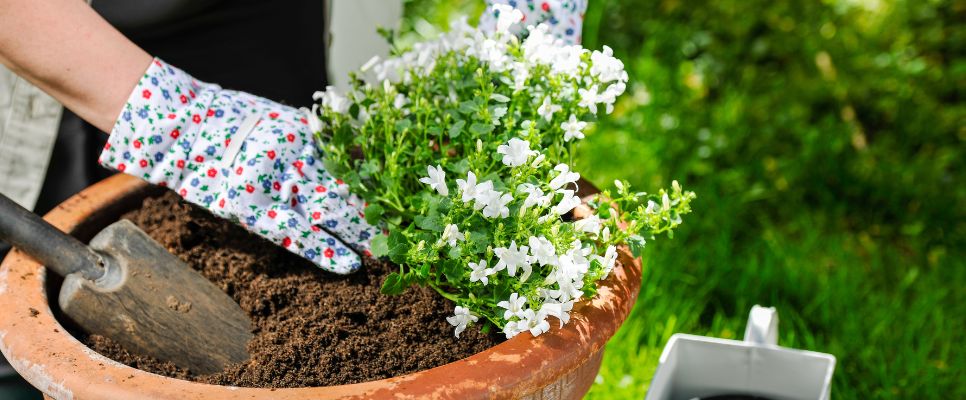
7. Autumn Crocus (Colchicum autumnale)
Why Plant Autumn Crocus?
The autumn crocus produces beautiful pink, purple, or white flowers during the fall season, which enhance garden beauty.
Growing Conditions:
- Sunlight: Full sun to partial shade.
- Soil: Well-drained, rich soil.
- Water: Little water is needed because excessive moisture should be avoided.
- Care: The plant imposes minimal care requirements after its establishment.
Additional Tips:
- Keep Autumn Crocuses away from ingestion because they have toxic properties.
- The plant fits perfectly as an attractive addition to rock gardens and borders.
8. Nerines (Nerine spp.)
Why Plant Nerines?
Nerines produce impressive pink to white or red blooming bulbs during autumn.
Growing Conditions:
- Sunlight: Full sun.
- Soil: Well-drained soil.
- Watering: Low; drought-tolerant.
- Care: These require minimal care since you can eliminate dead foliage soon after blooming.
Additional Tips:
- When cut fresh, Nerines become exceptional indoor flowers, able to retain their beauty throughout several days.
- Group several Nerines together to achieve the best visual effect.
- The attractive pair of autumn bloomers includes salvias and autumn crocuses, which produce a bright seasonal composition together.
Conclusion
The best method to maintain continuous aesthetic interest and vibrant colours during cool seasons involves autumn flower planting. The seasonal performing flowers, such as salvias, hellebores, autumn crocus, and nerines, provide a durable style to your garden by adding both their delicate beauty and their strong resilience. Your landscape will provide sustainable beauty each year since you chose Australian climate-resistant species that need minimal attention. The gardening season begins anew during autumn as it transforms into a beautiful period.






